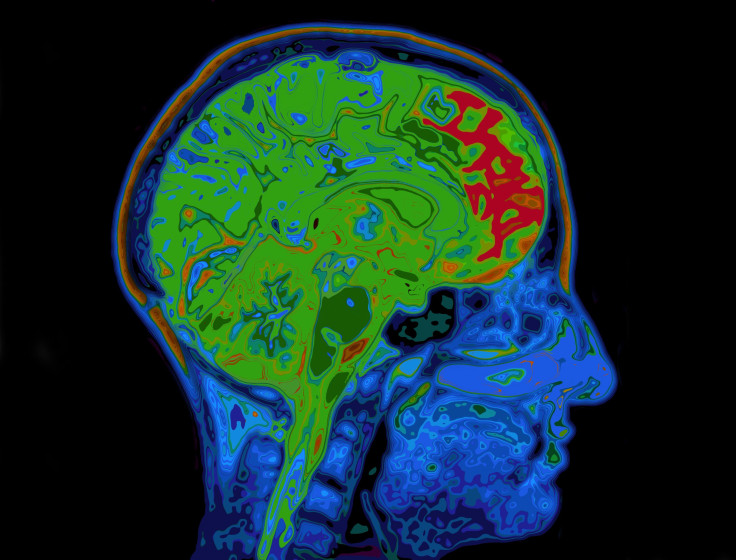Future MRI Scans And Other Brain Images May Predict Report Card Grades, Criminal Behavior

Imagine, if you will, a future where all children begin school by taking not only behavioral tests but also neuroprognosis exams — a series of scans to help predict their learning deficiencies. Next, based on all the results of these assessments, each child is placed in an appropriate, personalized educational program. A new review of published brain imaging studies spotlights the many ways our learning, our criminality, our health behaviors, and our response to drugs and other treatments can be predicted by MRIs and other technologies.
Yet the review goes one step further to ask, Why not translate these results into a more personalized approach to medicine and education?
Speaking to this issue, Dr. John D. E. Gabrieli, lead author and a professor at the Harvard-MIT Division of Health Sciences and Technology, noted how, much too often, our educational system simply waits for children to fail and watches them fall far behind their peers before any kind of individualized support is offered.
“By then, children are not only behind, but often discouraged about school and themselves,” Gabrieli told Medical Daily in an email. He has an alternative vision for what might be: “Imagine a sort of triage approach by which a behavioral or testing screen indicates a child at potential risk, and the brain measures are used to (1) make certain whether a child is at true risk and (2) suggest what kind of curriculum is most likely to help that child.”
A beautiful future indeed!
The Nearer Future
Gabrieli and his co-authors begin their comprehensive review by observing how the 2013 revision of the Diagnostic and Statistical Manual of Mental Disorders (DSM-5), “was little, if at all, influenced by the over 15,000 MRI studies of psychiatric disorders” that are published and readily available. Similarly, advances in genetics, spurred by the mapping of the human genome (which happened about a decade ago), also has not influenced diagnosis or treatment of psychiatric disorders. Because mental illness presumably has a brain basis and they are known to be heritable, neuroimaging and genetics should be offering able to illuminate them in the long run.
“Here we consider how neuroimaging may contribute to helping people in the nearer future,” state the authors upfront, before they begin an examination of the many studies that describe how brain imaging may predict a whole variety of human behaviors — everything from the likelihood of a criminal becoming a repeat offender to an individual teen’s future drug and alcohol use... from an addict’s likelihood of relapse to the future reading performance of an infant baby.
In particular, Gabrieli focuses on education as he believes brain imaging might help teachers identify those kids who will struggle when learning to read or do math. “Current behavioral testing is pretty good at identifying which children are at potential risk, but it’s still too hit-and-miss to trigger serious help (about half of children who look to be at potential risk turn out not to be at true risk),” he told Medical Daily in an email. “Also, I can imagine that more knowledge from brain-informed outcomes might lead to new kinds of behavioral testing that could be more readily used in schools.”
Whether used to look directly at our brains or adapted for research, brain imaging is here, it's happening, and it helps.
Source: Gabrieli JDE, Ghosh SS, Whitfield-Gabrieli S. Prediction as a Humanitarian and Pragmatic Contribution from Human Cognitive Neuroscience. Neuron. 2015.
Published by Medicaldaily.com



























